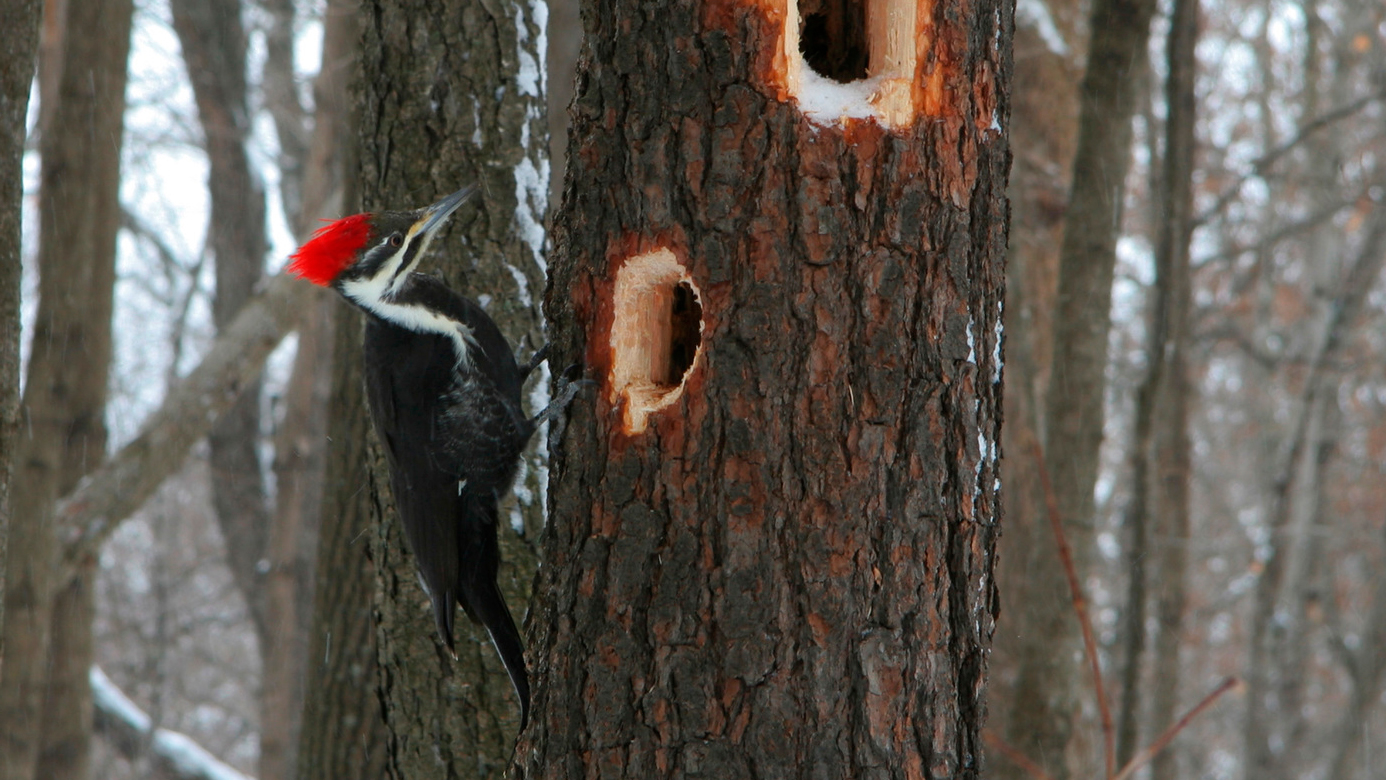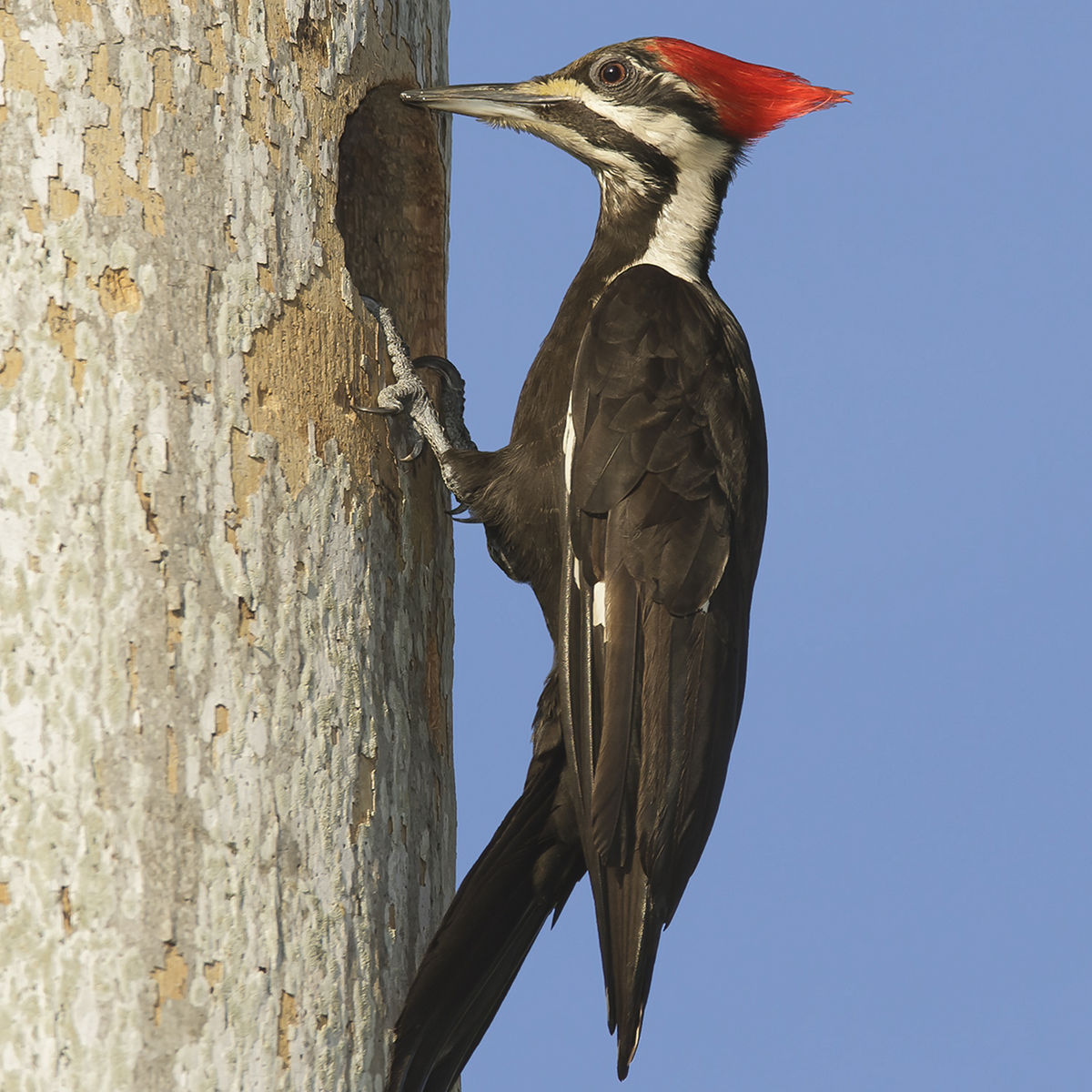Woodpeckers in Florida: Natural History, Ecology, and Conservation
Woodpeckers in Florida: Natural History, Ecology, and Conservation
Blog Article
Introducing the Secrets of Woodpeckers: Habits, Environment, and Much More
Woodpeckers, with their special habits and specialized adaptations, have long captivated scientists and nature enthusiasts alike. By revealing the enigmas bordering woodpeckers' actions and environment options, a deeper understanding of these avian wonders arises, supplying a look into their fascinating globe.
Woodpecker Actions Insights
In checking out woodpecker habits, an interesting screen of specialized skills and adjustments arises, dropping light on their amazing ecological particular niche - Woodpeckers in Florida. Woodpeckers, recognized for their unique drumming on trees, possess a selection of behavior characteristics that add to their survival and success in their setting. One essential behavior is their drumming, which offers several purposes such as interaction, establishing region, drawing in mates, and situating food resources. This rhythmic pecking additionally showcases their exceptional strength and endurance, as they can hammer away continually at high rates without causing injury to themselves.
Furthermore, woodpeckers display an unique feeding habits characterized by their capability to extract pests from tree bark utilizing their specialized beaks. Their long, barbed tongues help in capturing target, while their solid neck muscles supply stability and precision throughout pecking activities. This feeding approach allows woodpeckers to gain access to hidden insect larvae and extract them with impressive efficiency.
Habitat Preferences and Option
What aspects influence the habitat choices and option of woodpeckers? Woodpeckers are highly adaptable birds understood to live in various environments worldwide. Nevertheless, they do show choices for sure environment attributes. One essential element influencing woodpecker environment choice is the schedule of appropriate nesting websites. Woodpeckers commonly prefer forests with a mix of fully grown trees that supply sufficient chances for dental caries excavation. These tooth cavities work as essential nesting and roosting sites for woodpeckers and are essential for their reproducing success.
In addition, woodpeckers reveal a choice for habitats with a bountiful supply of food resources. They are largely insectivorous, preying on beetles, ants, larvae, and various other bugs found in decaying timber or tree bark. Woodpeckers have a tendency to favor woody locations with a varied insect populace to satisfy their dietary needs.
Moreover, the visibility of dead or rotting trees is an additional vital consider woodpecker environment option. These trees not just give food resources yet also offer ideal substrate for dental caries excavation. Dead trees are crucial for the maintenance of healthy woodpecker populaces, as they play a vital duty in the woodpeckers' life cycle and ecological community characteristics.
Feeding Habits and Diet Regimen Structure
Woodpeckers demonstrate a specialized feeding habits concentrated on foraging for bugs within various environments. Their diet mostly consists of bugs such as beetles, ants, caterpillars, and crawlers, which they find by touching on tree bark and listening for the noise of movement inside. Woodpeckers use their solid beaks to drill right into the timber and their long, barbed tongues to draw out prey from gaps. Along with insects, woodpeckers likewise eat tree sap, fruits, nuts, and seeds, adding selection to their diet regimen depending upon the period and see this availability of food sources.
The foraging strategies of woodpeckers are well-adapted to their arboreal lifestyle (Woodpeckers in Florida). Their ability to excavate wood not only supplies them with food however additionally aids in read what he said developing nesting dental caries and developing areas. Woodpeckers play a crucial role in maintaining the health of forests by regulating insect populaces and assisting in the disintegration of timber. Comprehending their feeding practices and diet plan composition is important for conservation efforts focused on maintaining these one-of-a-kind and useful birds.
Drumming Sounds and Interaction
Using rapid drumming sounds on numerous surfaces, woodpeckers utilize an unique type of interaction to indicate territory borders and bring in friends. This drumming habits is not only a method of communication yet likewise works as a means for woodpeckers to establish their presence within a certain area. The strength, speed, and pattern of the drumming can share crucial information to various other woodpeckers in the area.
Woodpeckers use drumming noises to announce their visibility in a territory and to advise off prospective burglars. The loud and repeated nature of the drumming functions as a clear signal to other woodpeckers that the location is already declared. This helps in minimizing conflicts and lessening physical confrontations in between people.

Survival Adaptations and Specialized Composition

Conclusion
To conclude, woodpeckers show special behaviors, such as drumming audios for interaction, and have actually specialized makeup for survival in their chosen environments. Their feeding habits and diet make-up further demonstrate their flexibility to various environments. By recognizing these facets of woodpeckers, look these up scientists and conservationists can much better secure and preserve these fascinating birds and their communities.
Report this page